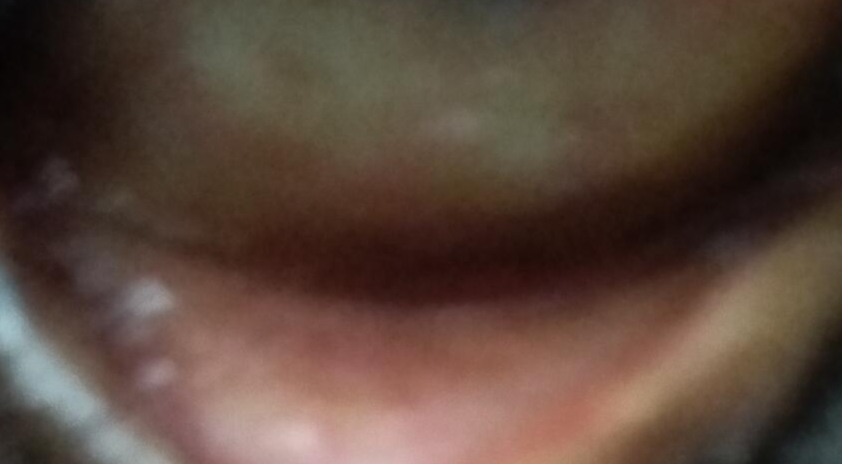OSCE AND LEARNING POINTS
http://jeswanthsoma2k19.blogspot.com/2023/12/68-male-acute-retension-of-urine.html
OSCE Questions:
1. Which urine catheter is used for self catheterization ?
For self-catheterization, individuals often use intermittent catheters. These catheters are designed for short-term use and are inserted into the bladder to drain urine. There are different types of intermittent catheters, and the choice depends on individual needs and preferences. Here are common types:
1. Straight Catheters: These are single-use catheters that are inserted into the bladder to drain urine and then removed. They come in various lengths and sizes.
2. Hydrophilic Catheters: Hydrophilic catheters have a smooth coating activated by water, making them more lubricated and comfortable during insertion. They may be preferable for some individuals.
3. Closed System Catheters:Closed system catheters consist of a pre-lubricated catheter enclosed in a sterile collection bag. These are convenient for self-catheterization in situations where a restroom may not be readily available.
4. Coudé Tip Catheters: Coudé (French for "elbow") tip catheters have a curved or bent tip, designed to navigate around obstructions or strictures in the urethra. These may be recommended in certain cases.
5. Compact Catheters:These are pocket-sized catheters designed for discretion and portability, making them convenient for individuals on the go.
The choice of catheter depends on factors such as individual anatomy, personal comfort, and the presence of any specific medical conditions. It's essential for individuals to consult with their healthcare provider or a healthcare professional specializing in urology to determine the most suitable type and size of catheter for their needs.
Proper education on self-catheterization techniques and hygiene is crucial. Individuals should follow their healthcare provider's guidance and recommendations for using intermittent catheters safely and effectively.
2.Window period of percutaneous coronary intervention (PCI)?
A. Mean window period was 6.7 ± 9.8 hours. Mean time to recognize the symptoms, reach first medical contact and prehospital management were 150.2 ± 140.5 min, 58.5 ± 57.0 min and 36.3 ± 38.0 min, respectively. Mean time for the patients brought in ambulance was 82.4 ± 59.8 min whereas for those transported in other vehicles was 130.4 ± 59.7 min (p = < 0.0001). Mean door to electrocardiogram (ECG) time, decision for PPCI, consent time and STEMI team activation time were 6.2 ± 3.1 min, 8.3 ± 4.5 min, 12.6 ± 16.2 min and 10.7 ± 8.2 min, respectively. Mean time for financial process and mean sheath to balloon time were 9.1 ± 6.9 min and 21.8 ± 11.7 min, respectively. Door to balloon time (DTB) was <90 min in 81% of the patients, mean DTB was 72.0 ± 33.0 min. Mean DTB for cases performed during night was 72.6 ± 32.9 min, whereas for those performed during day was 60.3 ± 30.2 min (p < 0.05). Total 30 day mortality was 2.9%. Mortality among DTB <90 min was 1.4%, mortality among DTB > 90 min was 9% (p < 0.05).
https://www.ncbi.nlm.nih.gov/pmc/articles/PMC6309146/ PCI window period
3.How is micturating cystourethrogram performed?
A.
Micturating Cystourethrogram (MCUG) is a detailed x-ray study of the bladder and lower urinary tract, performed while the patient is urinating.
During the MCUG, a contrast dye is introduced into the bladder via a catheter. As the bladder fills up and the patient urinates, sequential x-ray images are captured. These images provide valuable insights into the structure and function of the urinary tract, helping doctors diagnose the cause of recurrent urinary tract infections (UTIs), issues with urine flow.
4.Advantages of rgu over mcug/vcug?
A.
Advantages of Retrograde Urethrogram (RUG) over Voiding Cystourethrogram (VCUG)/MCU
Both RUG and VCUG are imaging techniques used to visualize the urethra, but they offer different advantages depending on the specific situation.
Here's a breakdown of the key advantages of RUG over VCUG:
Superior visualization of anterior urethra: RUG is particularly adept at visualizing the anterior urethra, including the fossa navicularis, the penile urethra, and the bulbomembranous urethra. This is because the contrast agent is injected directly into the anterior urethra, allowing for a more detailed examination of this region. VCUG, on the other hand, primarily focuses on the posterior urethra, including the bladder neck and the prostatic urethra.
Better evaluation of urethral strictures: RUG is considered the gold standard for diagnosing and evaluating urethral strictures, particularly in the anterior urethra. The direct injection of contrast material allows for a precise delineation of the stricture's location, length, and severity. VCUG may not be as accurate in detecting strictures located in the anterior urethra, especially if they are small or narrow.
Lower risk of radiation exposure: RUG typically involves lower radiation exposure compared to VCUG. This is because RUG only requires a single X-ray image to be taken, while VCUG typically requires several images to be taken during urination.
Reduced risk of urinary tract infections (UTIs): As RUG is a minimally invasive procedure, it carries a lower risk of introducing bacteria into the urinary tract and causing UTIs compared to VCUG, which requires catheterization.
Additional advantages:
RUG is a more comfortable procedure for patients, especially those who are unable to tolerate the discomfort of catheterization associated with VCUG.
RUG can be performed in a shorter amount of time compared to VCUG.
RUG may be preferred in patients with certain conditions, such as urethral diverticula or fistulas, as it can provide a more detailed view of these abnormalities.
Learning points :-
1.How to correlate history with the cause of disease?
2.what is the importantance of daily routine approach?
3.Causes of decreased urine output
4. Causes of muscle atrophy
5.The importance of taking a detailed history .

Comments
Post a Comment